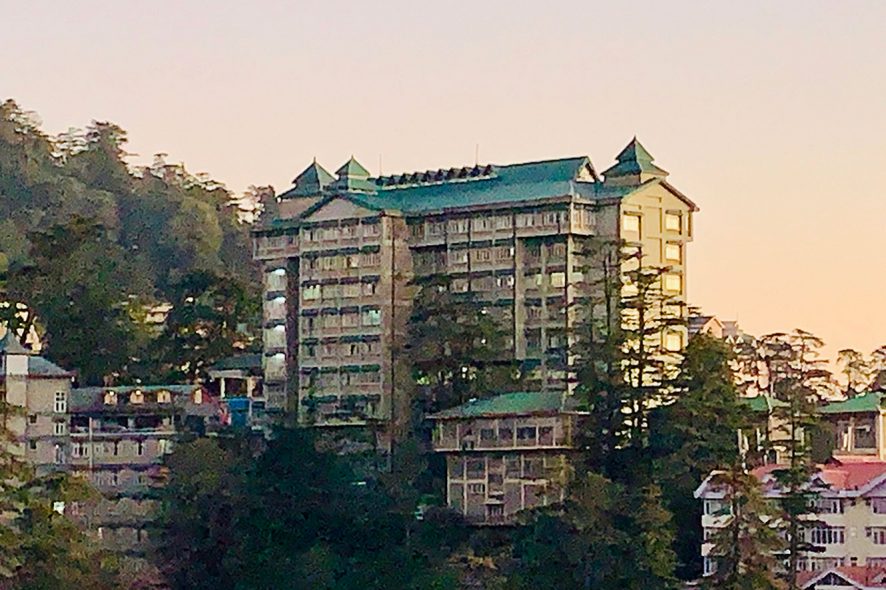Himachal Pradesh High Court: Tarlok Singh Chauhan, J. contemplated an appeal where the appellant was aggrieved by the judgment and decree passed by the first Appellate Court whereby the suit was ordered to be dismissed by setting aside the judgment and decree of the learned Trial Court, has filed the instant appeal.
The factual matrix of the case was that the appellant was residing alone at her residence at the village, it was alleged by the appellant that the respondent came to her house and abused her and threw stones at her because of that her arm was fractured, she then reported the matter to police. It was alleged that on account of her injury, she was unable to earn and work for 45 days and it was her husband, who worked as a mason and had to abandon his work to do the household work. She also claimed to have had incurred expenditure on medical treatment. It was lastly averred that because of the acts of the defendant, she had suffered physical and mental pain and also financial loss as such she was entitled to recover a sum of Rs 70,000 as damages from the defendant.
On the contrary, the respondent denied the allegation and requested for dismissal of the original suit. After recording evidence and evaluating the same, the learned trial Court decreed the suit of the appellant for Rs 50,000. Hence the respondent earlier filed an appeal in first Appellate Court and the Court set aside the judgment passed the trial Court and henceforth the appellant filed the instant appeal.
The Court formulated certain substantial question of law, such as whether the first Appellate Court had committed an error by adopting an erroneous approach to the suit by setting aside decree. And Whether a complete and effective relief granted by learned Trial Court which has no possibility of the decree becoming in executable or infructuous can be set aside merely on the ground of non-joinder of party of some of the wrongdoers who are family members as son and wife of respondent/defendant and had committed the illegal act of causing injury to the appellant? etc.
The Court observed that it was vehemently argued by the counsel of the appellant, Seema Guleria that since the defendant was one amongst the joint tortfeasors, therefore, the suit as filed against him was very much maintainable. Court also observed that two or more become joint tortfeasors by either committing a tort in concert or by the principle of vicarious liability. It was further observed that under the Law of Torts, joining wrongdoers was jointly and severally liable for the whole of the damages, where the liability was joint and several, the person aggrieved had the choice of suing either of the joint tortfeasors or both of them. Court by observing the example under tort stated that, where only one of the tortfeasors eg. Master was sued, not on the ground that he committed any wrong, but on the ground that he was vicariously liable for the tort committed by the other tortfeasor e.g. Servant, then to make the master liable, it was necessary to prove that the servant (who was not sued) acted in the course of employment and acted negligently.
The Court relied on the judgment in Khenyei v. New India Assurance Company Ltd, (2015) 9 SCC 273, where the Supreme Court had held that “In the case of composite negligence, the plaintiff/claimant is entitled to sue both or any one of the joint tortfeasors and to recover the entire compensation as liability of joint tortfeasors is joint and several.”
It was held that there was no matter in the plaint that proved that the wrongdoers were jointly liable but was founded against an individual action of the respondent alone. It was further held that, “Apart from above, no doubt the learned Trial Court awarded damages to the claim of the appellant but there was no virtual material on the basis of which the learned Trial Court could have done so. There was no proof or document produced by the plaintiff to prove the injury, no prescription slip, no bills and only one cash memo that too of the year 1995 was produced”. Hence the judgment of the First Appellate Court was upheld as the claim was set aside on the merits and not on the ground of non-joiner of necessary party. The first Appellate Court relied on the FIR and the investigation while adjudicating the matter.[Jogindra v. Ram Lal, 2019 SCC OnLine HP 1492, decided on 09-09-2019]






